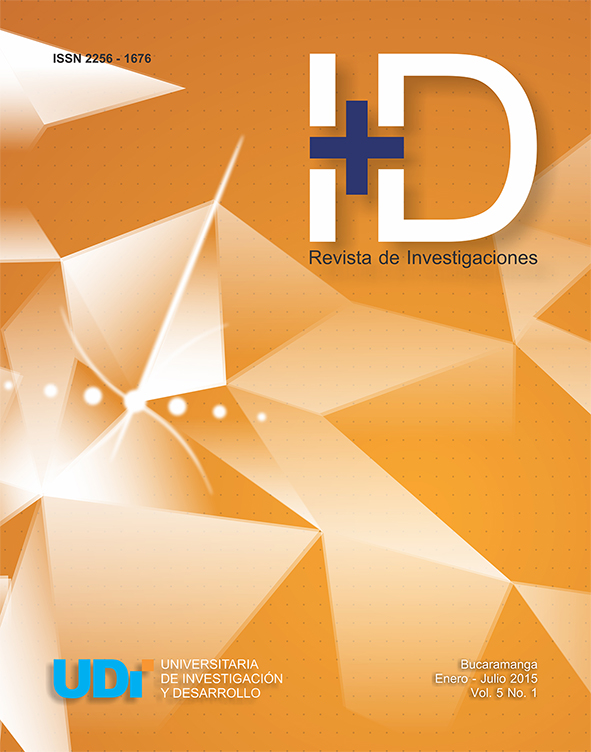Acceptance and incorporation of cloud computing at the small businesses of the information technology sector from Bucaramanga.
DOI:
https://doi.org/10.33304/revinv.v05n1-2015008Keywords:
Cloud computing, Small businesses, Information TechnologiesAbstract
Cloud Computing (CC) is a paradigm that provides a range of both technological and economic benefits to organizations that work it as a way to solve their information technology (IT) needs. Various organizations around the world have adopted CC as pusher model of new business ideas, and small businesses technological support, enabling them to use IT resources through few or null financial resources. This has motivated a research in order to get the degree of acceptance and incorporation of CC in small IT companies from Bucaramanga, to provide decision-making tools to organizations wishing to offer CC-based services in that city.Downloads
References
Ambrust, M., Fox, A., Griffth, R., Joseph, A., Katz, R., Konwinski, A., y otros. (2010). A View of Cloud Computing. Communications of the ACM, 53(4). 50-58.
Bhardawj, S., Jain, L., & Jain, S. (2010). An Approach for Investigating Perspective of Cloud Software-as-a-Service (SaaS). International Journal of Computer Applications, 10(2), 40-43.
Blogs, S. (2011). SaaS Blogs. Recuperado el 7 de Diciembre de 2011, de http://www.saasblogs.com/tag/iaas/
Buyya, R-. Yeo, C., Venugopal, s., Brogerg, J., & Brandic, I. (2009). Cloud computing and emerging IT platforms: Vision, hype, and reality for delivering computing as the 5th utility. Future Generation Computer Systems, 10, 1-8.
Chang, V., BAcigalupo, D., Wills, G., & Roure, D. (2010). A Categotisation of Cloud Computing Nusiness Models: School of Electronics and Computer Science, University of Southampton.
DE la Hoz, J., & Gómez, L. (2012). Gestión del conocimiento en la era del Cloud Computing. . 8va Conferencia sobre Tecología, Conocimiento y Sociedad. Los Angeles.
De la Hoz, J., Carrillo, E., & Gómez, l. (2013). Memorias orfanizacionales en los tiempos de Cloud Storage. Tecnura, 37.
Foster, I., Xhao, Y., Raicu, I., & Lu, S. (2009). Cloud Computing and Grid Computing 360- Degree Compared. (U. o. IL: Department of Computer Science, Ed.) Chicago.
Grantz, J. (2012). Climate Change: Cloud’s Impact on IT Organizations and Staffing. Obtenido de www.microsoft.com
Gartner. (2008). IT Glosary. REcuperado el 16 de Enero de 2013, de http//www.gartner.com/it-glossary/cloud-computing/
Khalid, A. (2010). Cloud Computing: Applying Issues in Small Business. En 2. I. Paper presented at the Signal Acquisition And Processing (Ed.).
KPMG. (2012). Evalúa KPMG la tendencia en la nube. Recuperado el 26 de Noviembre de 2013, http//www.kpmg.com/m/es/issuesandinsights/articlespublications/paginas/cp-evalua-kpmg-tendencia-nube.aspx
NIST. (2011). The Nist Definition of Cloud Computing. MD: National Institute of Standards and Technology. Gaithersburg: In NIST.
Nurmi, D., Wolski, R., Grsegorezyk, C., Obertelli, G., Soman, S., Youseff, L., y otros. (2009). The Eucalyptus Open-Source Cloud Computing System. Doi: 10.1109/ccgrid.2009.93. 124-131.












